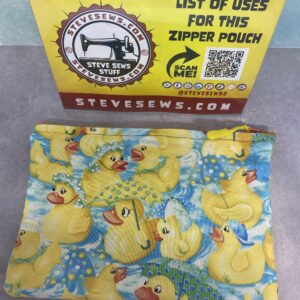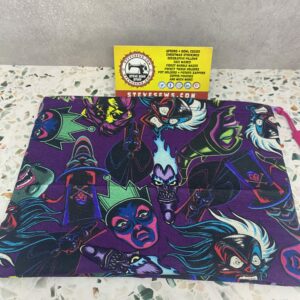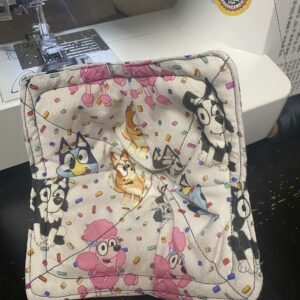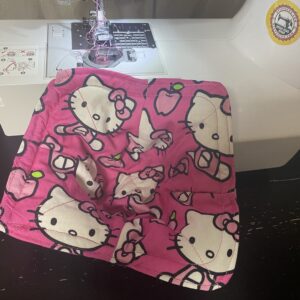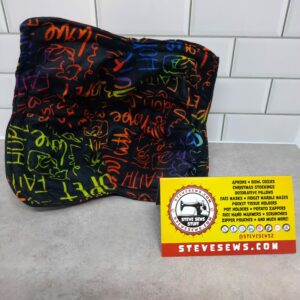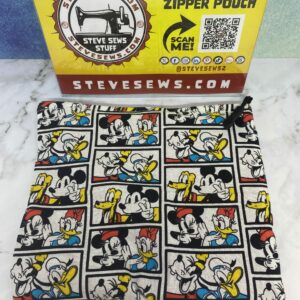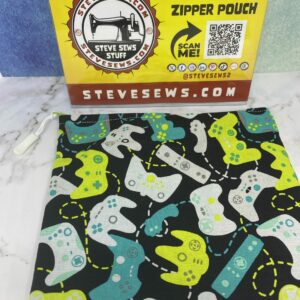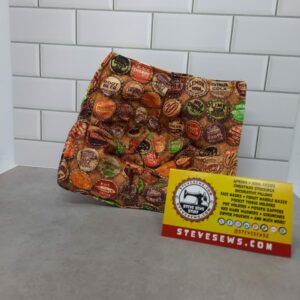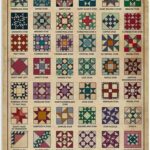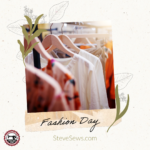Stitch Length – The length of your stitch. Think of it as a dashed line. The size of each dash. #stitchlength
Stitch Length
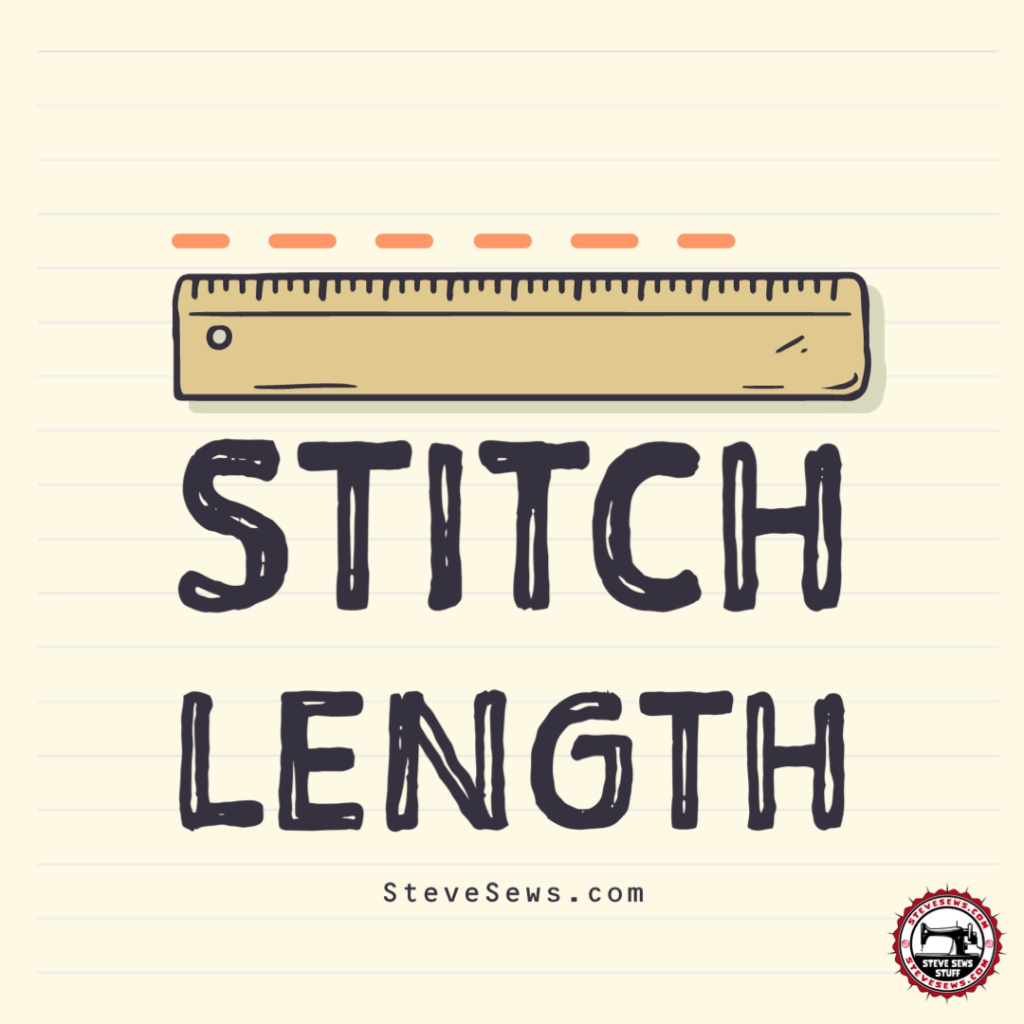
That is the individual stitch. You can do a tight small stitch or a long stitch.
When it comes to sewing, one of the key factors that can affect the quality of your stitching is the stitch length. Stitch length refers to the distance between each stitch on a sewing machine. It may seem like a small detail, but the length of your stitches can have a big impact on the final product. In this blog post, we will explore the different stitch length settings and their uses.
Your sewing machine has a setting so you can adjust the length.
Changing the stitch length adjusts the feed dogs, which controls how much fabric is pulled through with each stitch. For a shorter length, less fabric is pulled through. For a longer stitch, more fabric is pulled through. (threadistry.com)
3.0 means each stitch is 3 millimeters long (or just under 1/8″). Stitch lengths typically range from 0 to 5, but can be up to 7, depending on the machine. The same applies to 5.0, making it 5 millimeters. Yes! It uses metrics.
In graphic design, I have found that millimeters can help get more precise than inches.
In older sewing machines, they dial will read 4-60, meaning stitches per inch. The bigger the number, the smaller the stitch.
Conversion formulas …
stitches per inch = 25.4 ÷ stitch length (in mm)
stitch length (in mm) = 25.4 ÷ stitches per inch
A shorter stitch is harder to remove and could shred the fabric.
First, let’s discuss the basics. Stitch length is measured in millimeters (mm) or stitches per inch (SPI). A shorter stitch length means there are more stitches per inch, while a longer stitch length means there are fewer stitches per inch. Generally, the stitch length setting on your sewing machine will range from 0.5 mm to 5 mm.
Now, let’s dive into the different stitch length settings and their uses:
- Very short stitch length (0.5 – 1.5 mm) A very short stitch length is used for delicate fabrics, such as silk, and for making very precise and tight seams. This setting is also used for securing seams that will be subjected to stress, such as pockets, zippers, and waistbands.
- Short stitch length (1.5 – 2.5 mm) A short stitch length is ideal for medium-weight fabrics, such as cotton, linen, and wool, and for creating decorative stitches. This stitch length can also be used for reinforcing seams and preventing fraying.
- Medium stitch length (2.5 – 3.5 mm) A medium stitch length is the most commonly used setting for general sewing tasks. It is ideal for lightweight to medium-weight fabrics and is often used for sewing seams, hemming, and topstitching.
- Long stitch length (3.5 – 4.5 mm) A long stitch length is used for basting, gathering, and attaching trims. It is also suitable for quilting and for sewing heavy fabrics, such as denim or leather.
- Very long stitch length (4.5 – 5 mm) A very long stitch length is used for temporarily joining fabrics or for creating decorative topstitching. This setting can also be used for gathering fabric for ruffles and shirring.
In conclusion, the stitch length setting on your sewing machine can make a big difference in the final outcome of your sewing project. It’s important to choose the appropriate stitch length for the fabric and task at hand to ensure the best results. By understanding the different stitch length settings and their uses, you can achieve professional-looking stitching in all your sewing projects.
Read more: https://stevesews.com/?p=86997#ixzz7yWWPyn1x
Upcoming Events
This is a list of the upcoming events that Steve Sews will be at. If you know of one in the East Tennessee area, let me know.
None at this time. Check back later.
Meet …
Meet the staff and/or equipment for Steve Sews.
- Brother Stitch (Current Sewing Machine)
- Forge (Circuit)
- Interns
- Lovees (Stuffed Animals)
- Mendi (My Wife’s Sewing Machine)
- Rosie (Antique Sewing Machine)
- Steve (Steve himself)
- The Masked Bandit (Steve’s older Sewing Machine)
- Trainees
- Van the T-Rex (Helper)
- Zee (Face Mask Model)

SUBSCRIBE TODAY!
Don’t miss a single blog post about sewing, quilting, crafts, and recipes! Plus so much more!
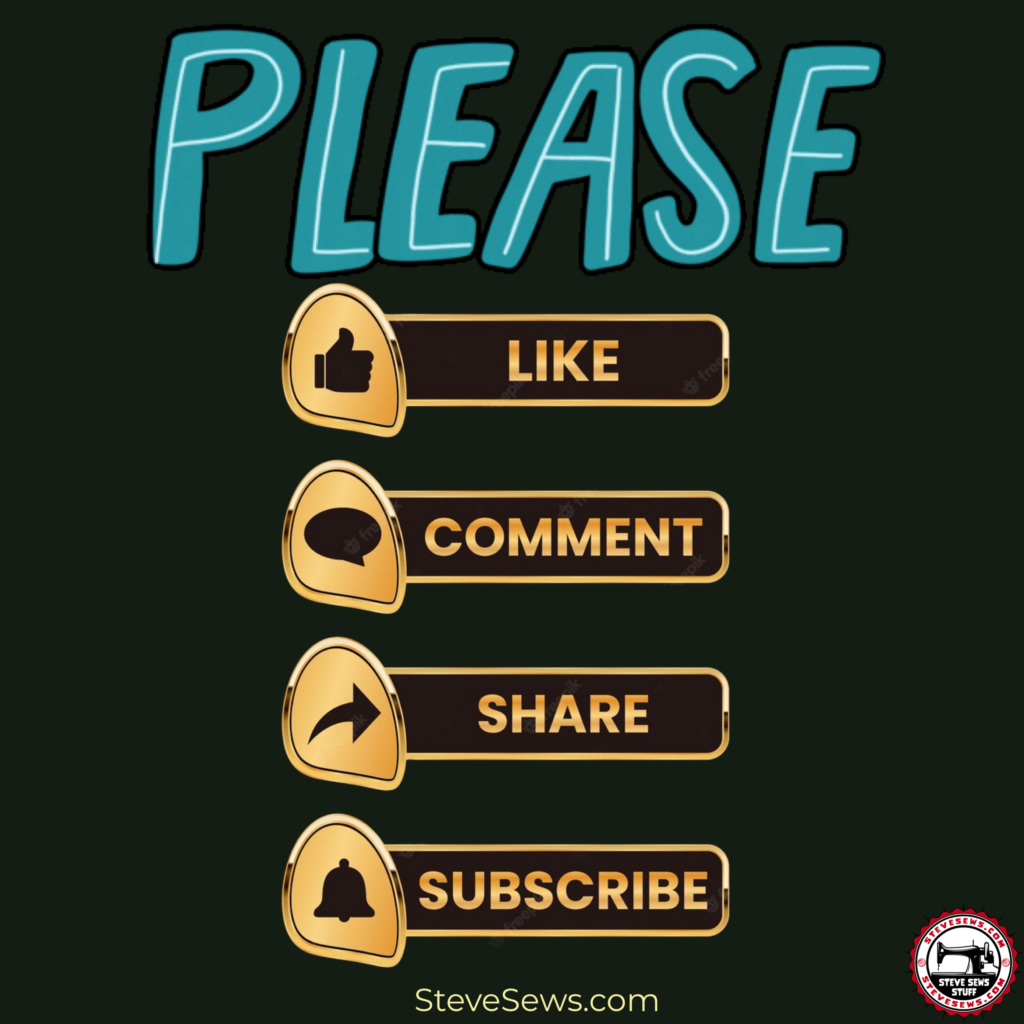
Follow on WordPress
Follow Steve Sews Stuff on WordPress.comFollow Steve Sews Stuff on Social Media:
You can also choose to follow Steve Sews Stuff on social media as well. (@SteveSews2)
Below are some examples of blog entries from all blogs that I do. (Courageous Christian Father, Steve Sews Stuff and SteveZ DesignZ).
Recent Feed of All of Steve’s Blogs
Recent Posts on Steve Sews
Below is a list of the most recent blog posts found on Steve Sews for you to check out.
Clipart: Unsplash, Pixabay, Pexels, Openverse, Adobe Express, Adobe Stock, FreePik, MetroCreative, Wonder AI, Algo AI and more. This site uses Amazon Affiliate Ads & Google Ads.


